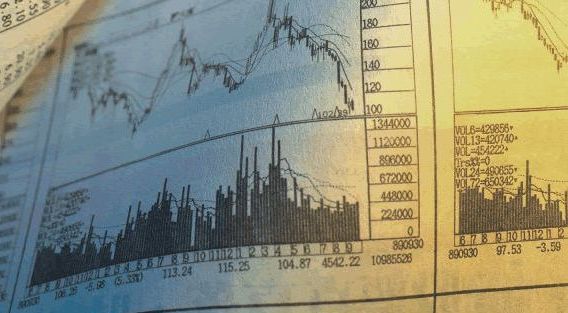
How can you tell where you are if you don’t know where you’ve been?
That’s the question that spurred Charles H. Dow (1851 – 1902) over a century ago to devise a simple way to chart the progress of the stock market.
Each stock exchange has at least one “index” for measuring day-to-day as well as long-term activity.
These indexes (or indices) are samplings of the stocks trading on their respective exchanges.
Indices are used to measure and compare general market performance, but some are more representative of the overall market than others.
Indices tend to have different biases and this should be kept in mind when making comparisons.
For example, most indexes are weighted towards large companies, and may not accurately indicate how small and medium-sized firms are faring.
Charles H. Dow first unveiled his industrial stock average on May 26, 1896.
At that time the stock market was not highly regarded.
Stocks were not considered as safe investments because speculators and corporate raiders did their best to stage-manage prices.
Stocks moved on tips and gossip because solid information was hard to come by.
Today, stocks are considered as sound investment instruments.
The circle of investors has widened to millions of everyday working people. Information to guide them in their investment decisions is abundantly available.
The Dow Jones Industrial Average played a role in bringing about this tremendous change.
One hundred years ago, people found it difficult to keep track of the daily rising, falling or treading water volatility of prices.
Charles Dow devised his stock average to make sense out of this confusion.
He compared his average to placing sticks in the beach sand to determine, wave after successive wave, whether the tide was coming in or going out.
If the average’s peaks and troughs rose progressively higher, then a bull market prevailed…
If the peaks and troughs dropped lower and lower, a bear market was on.
It seems simplistic nowadays with myriad market indicators, but late in the Nineteenth Century it was like turning on a powerful new beacon that cut through the fog!
The average provided a convenient benchmark for comparing individual stocks to the course of the market and comparing the market with other indicators of economic conditions
The index differentiates the stock market’s long-term trends from short-term fluctuations and provides the means for the ordinary investor to follow the broad market.
Weighting the Indices
An index may also be classified according to the method used to determine its price.
In a price weighted index such as the Dow Jones Industrial Average, the price of each component stock is the only consideration when determining the value of the index.
Thus, price movement of even a single security will heavily influence the value of the index even though the dollar shift is less significant in a relatively highly valued issue, and moreover ignoring the relative size of the company as a whole.
In contrast, a market-value weighted or capitalization-weighted index such as the Hang Seng Index factors in the size of the company.
Thus, a relatively small shift in the price of a large company will heavily influence the value of the index.
In a market-share weighted index, price is weighted relative to the number of shares, rather than their total value.
Traditionally, capitalization or share-weighted indices all had a full weighting i.e. all outstanding shares where included.
Recently, many of them have changed to a float-adjusted weighting which helps indexing.










